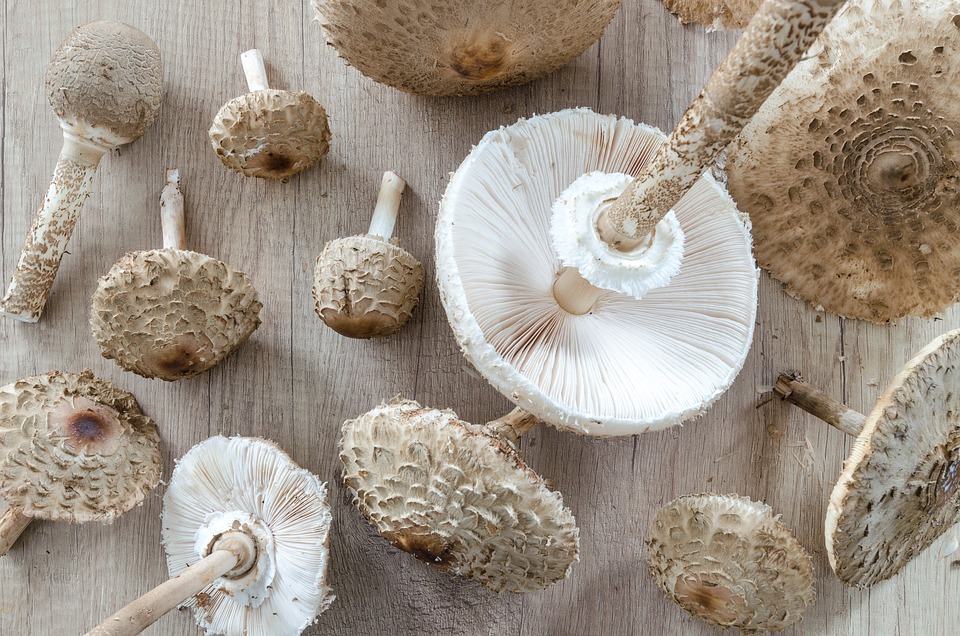Whether you’re a beginner baker or a seasoned pro, using active dry yeast in your bread recipes can take your homemade loaves to the next level. Active dry yeast is a type of yeast that needs to be dissolved in warm water before adding it to your dough, unlike instant yeast which can be mixed directly into the dry ingredients. With a little practice and the right techniques, you can perfect your bread recipes using active dry yeast.
Here is the ultimate guide to perfecting your bread recipes with active dry yeast:
1. Proof your yeast: Before using active dry yeast in your bread recipe, it is important to proof it to make sure it is still active. To do this, dissolve the yeast in warm water (around 110-115°F) with a pinch of sugar. Let it sit for about 5-10 minutes until it becomes foamy. If it doesn’t foam, your yeast may be inactive and you will need to start with fresh yeast.
2. Use the right water temperature: The water temperature you use to dissolve the yeast is crucial in activating it. Water that is too hot can kill the yeast, while water that is too cold won’t activate it properly. Aim for water that is around 110-115°F, which is just slightly warmer than body temperature.
3. Let it rise: After you have kneaded your dough and shaped it into a loaf, it is important to let it rise properly. Cover the dough with a damp cloth or plastic wrap and let it rise in a warm, draft-free place until it has doubled in size. This can take anywhere from 1-2 hours depending on the recipe and the temperature of your kitchen.
4. Bake at the right temperature: When it comes time to bake your bread, make sure your oven is preheated to the correct temperature. Most bread recipes call for a high baking temperature (usually around 400-450°F) to create a crisp crust and help the bread rise properly. Be sure to follow the baking instructions in your recipe for best results.
5. Experiment with different recipes: Once you have mastered the basic techniques of using active dry yeast in your bread recipes, don’t be afraid to experiment with different types of bread. Try making whole wheat bread, sourdough, or even sweet breads like cinnamon rolls. The more you practice, the better you will become at baking with active dry yeast.
In conclusion, perfecting your bread recipes with active dry yeast takes practice and patience, but the results are well worth it. By following these tips and techniques, you can create delicious, homemade bread that will impress your friends and family. So roll up your sleeves, get out your mixing bowl, and start baking!




